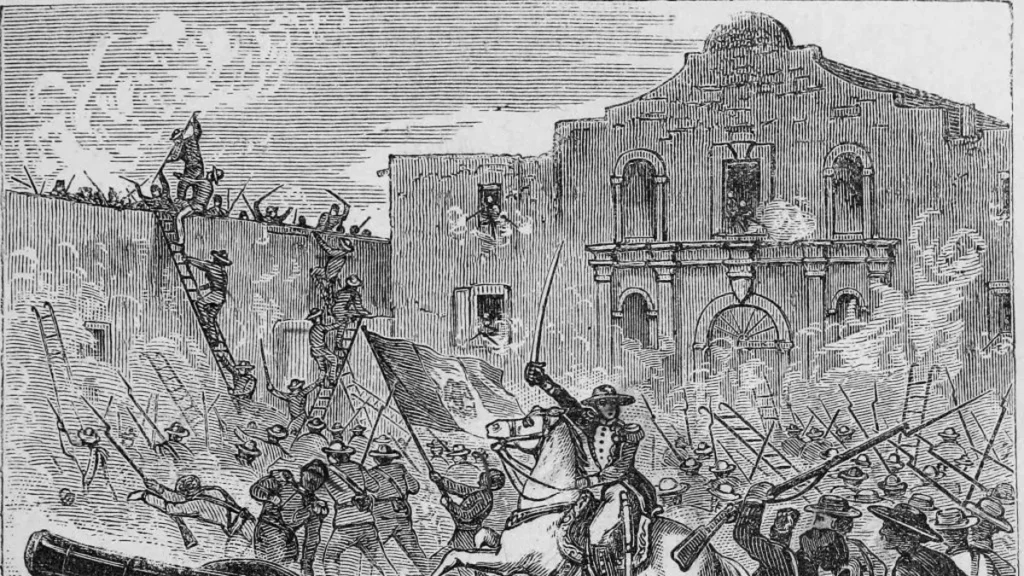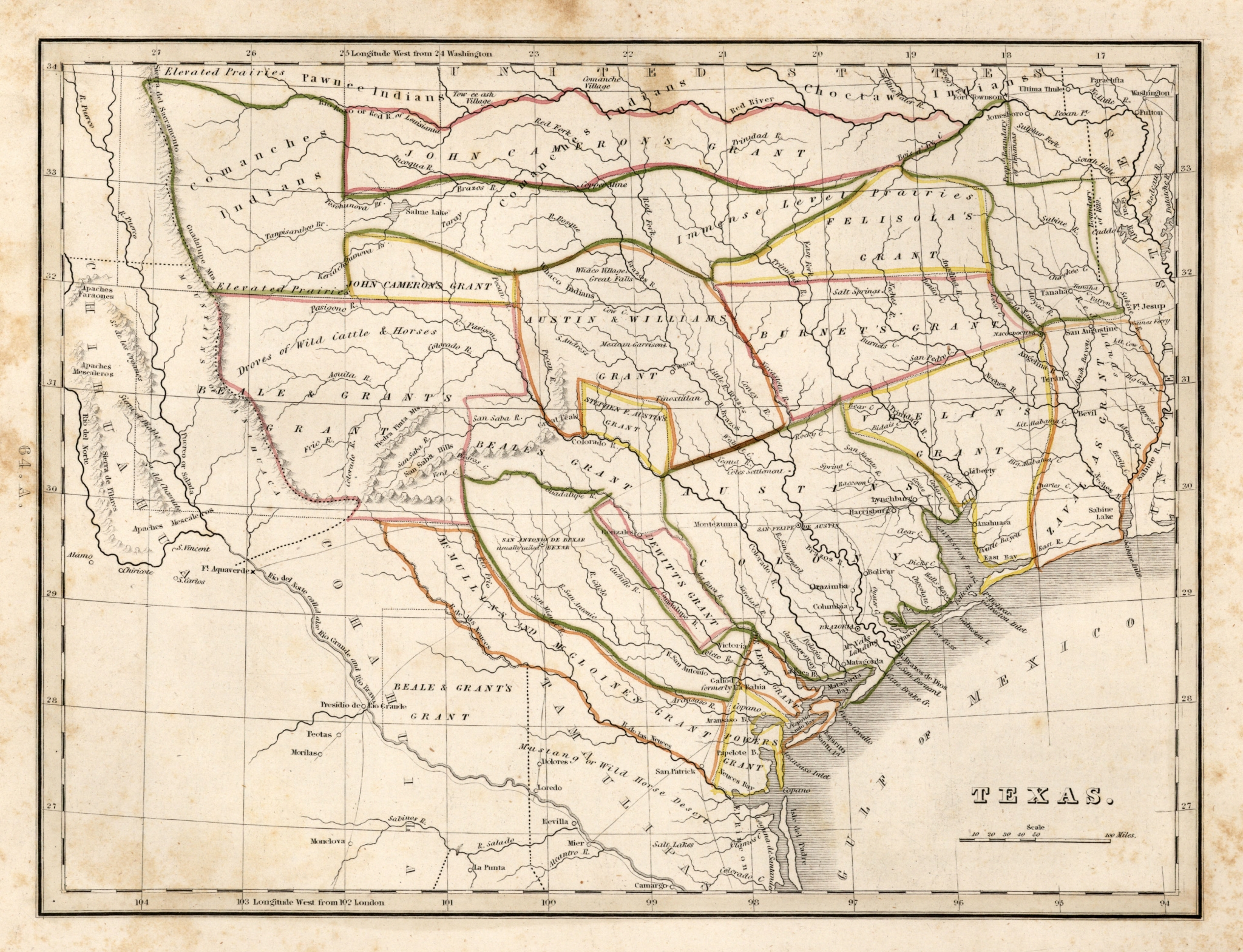Introduction:
December 29th holds a significant place in American history, particularly for the state of Texas. On this day in 1845, Texas was admitted as the 28th state of the United States of America. This event was not just a key moment in Texas history but also a pivotal point in the nation’s expansion and politics. Let’s delve into this historic event and its lasting implications.
The Lone Star Republic:
Before its statehood, Texas had a unique history. Originally part of Mexico, it declared its independence in 1836 after a series of tumultuous events, including the famous Battle of the Alamo. The Republic of Texas, as it was known, existed as an independent country for nine years, characterized by its iconic lone star flag, a symbol of its struggle for independence.
The Road to Statehood:
The journey of Texas to U.S. statehood was marked by political and diplomatic challenges. Annexation proposals were a subject of intense debate in both Texas and the U.S., primarily due to concerns over slavery and the balance of power between slave and free states. The election of James K. Polk as President in 1844, a strong proponent of expansionism (known as “Manifest Destiny”), paved the way for Texas’ admission to the Union.
December 29, 1845: A New Chapter:
On December 29, 1845, Texas officially became the 28th state of the United States. This admission was a major milestone in the nation’s westward expansion and significantly altered its political landscape. The vast territory of Texas added significantly to the land area of the U.S., opening new opportunities and challenges.

Implications and Aftermath:
The annexation of Texas had far-reaching implications. It heightened tensions with Mexico, leading to the Mexican-American War (1846-1848). Domestically, it intensified the debate over slavery and contributed to the growing sectional conflict that eventually led to the American Civil War.
Texas Today:
Today, Texas is a state known for its distinct identity, diverse culture, and significant economic and political influence in the U.S. The story of its journey to statehood is a testament to its enduring spirit and a reminder of the complex tapestry of American history.
Conclusion:
The admission of Texas into the Union on December 29th, 1845, is a story of ambition, conflict, and transformation. It serves as a reminder of the ever-evolving nature of nations and the intricate dance of history that shapes our world. As we look back on this day, we not only remember the past but also reflect on how it continues to influence our present and future.












Paul Simony
I have heard that there is an option for Texas to be broken upinto several states. If true, I wonder why such an interesting and little known factoid was left out of your description.